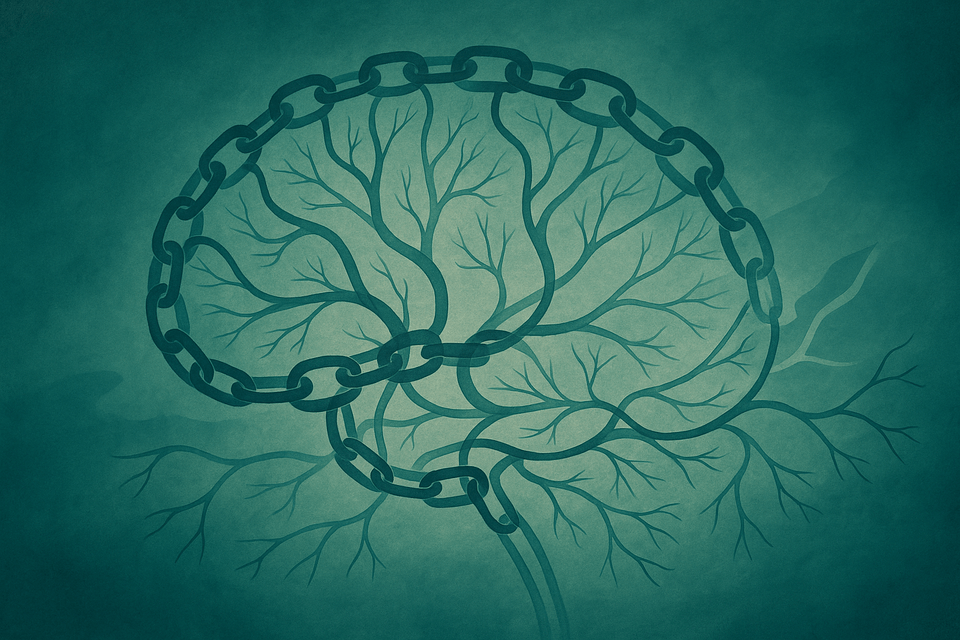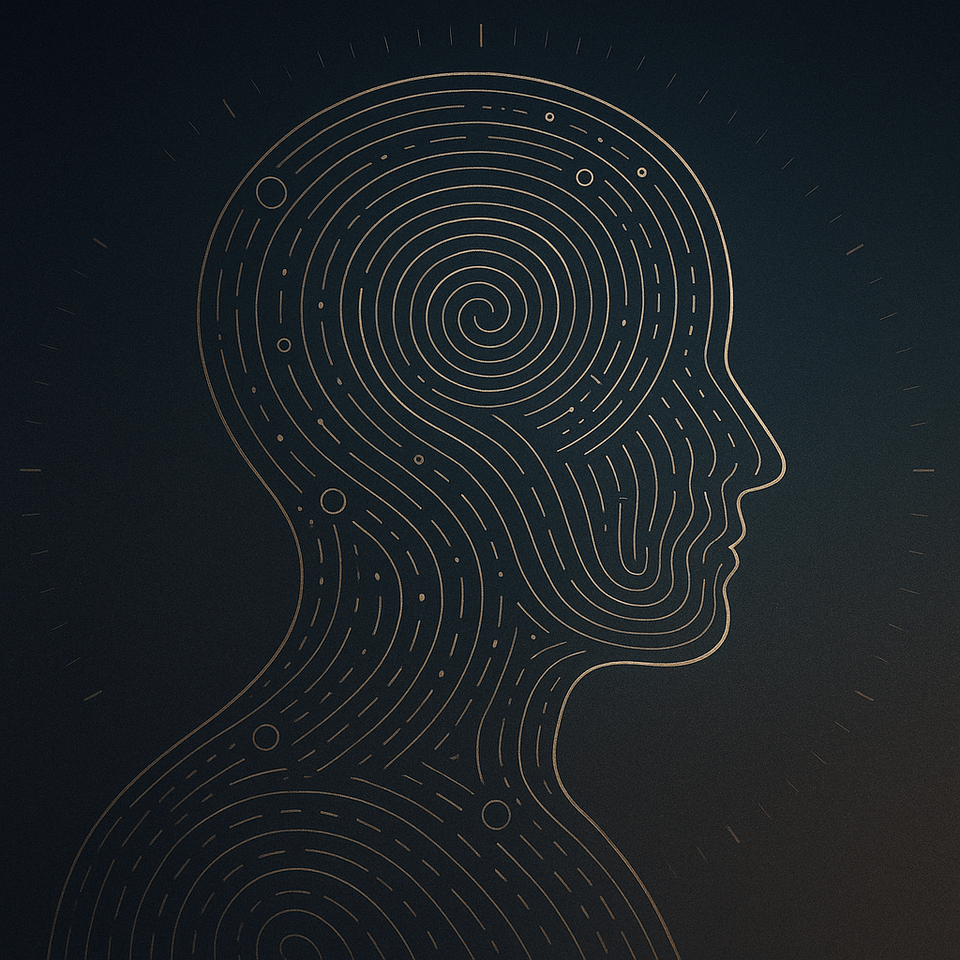
The Weight We Choose
Responsibility is the gym of the soul. Just as the body is shaped through resistance, the psyche is shaped through duty—through the burdens we choose to lift and the promises we refuse to abandon. Every act of responsibility, however small, is a repetition that strengthens our inner architecture; each kept commitment is another strand of connective tissue binding intention to action.
To carry weight is not to suffer for its own sake; it is to sculpt a character capable of meaning, the way repeated effort sculpts a body capable of strength.
In the gym, progress is invisible at first. The bar feels heavy, the form uncertain, the gains nonexistent; you question the point, because nothing seems to change. Yet with patience, the body adapts—fibers tear, heal, and grow; patterns refine; capacity accumulates almost imperceptibly until, one day, you realize the baseline has shifted. Responsibility follows the same law.
At first, it feels crushing: to stand accountable when it would be easier to flee; to persist when no one is watching; to tell the truth when silence would be smoother. These are the mental equivalents of heavy sets taken to form-break and back again. Slowly, through small fidelities, the self hardens into something resilient. Pain becomes signal; effort becomes appetite; what once overwhelmed becomes warm-up.
We live in a time that mistakes freedom for the absence of burden. We are told that happiness lies in the removal of weight—no ties, no duties, no constraints, just motion without friction and choice without consequence. But freedom without responsibility is drift without direction; it is velocity without vector, appetite without aim.
The soul needs friction to know itself; it must push against something real to develop definition. Responsibility is not a cage; it is the frame within which strength, purpose, and dignity take form. As Jordan Peterson has put it, “The meaning of life is to be found through responsibility, through making the conscious decision to pick up a load and carry it.”
Each responsibility accepted becomes a kind of compass. It limits, yes, but it also orients. Limits are not merely lines that say “no”; they are contours that say “this way.” Duty teaches focus, discernment, and necessity. The weight you bear shapes the horizon you can see.
Through obligation freely chosen, you learn where to direct your will—and where not to waste it. The trivial falls away; the essential comes into view. What once felt like sacrifice starts to resemble liberation, because you are no longer compelled by every glittering distraction. You learn to lift only what matters, and in doing so, you become someone who matters.
Over time, the psyche grows lean, deliberate, forged. You cease mistaking stimulation for meaning or pleasure for peace. You become less interested in performing goodness and more invested in doing good, in the quiet satisfaction of work completed and promises kept. The bar grows heavier because life grows larger; the demands do not lessen, but your capacity expands. What looked like burden from the outside becomes ballast from within—weight that steadies rather than sinks you.
To lift is to live, not as a slogan but as a posture; to bear is to become, not as a performance but as a practice. The weight we choose—consciously, repeatedly—defines the strength we earn and the life we build beneath it.
And if we must carry something, let it be a load worthy of us, one that aims our freedom toward the good and makes endurance indistinguishable from purpose.


